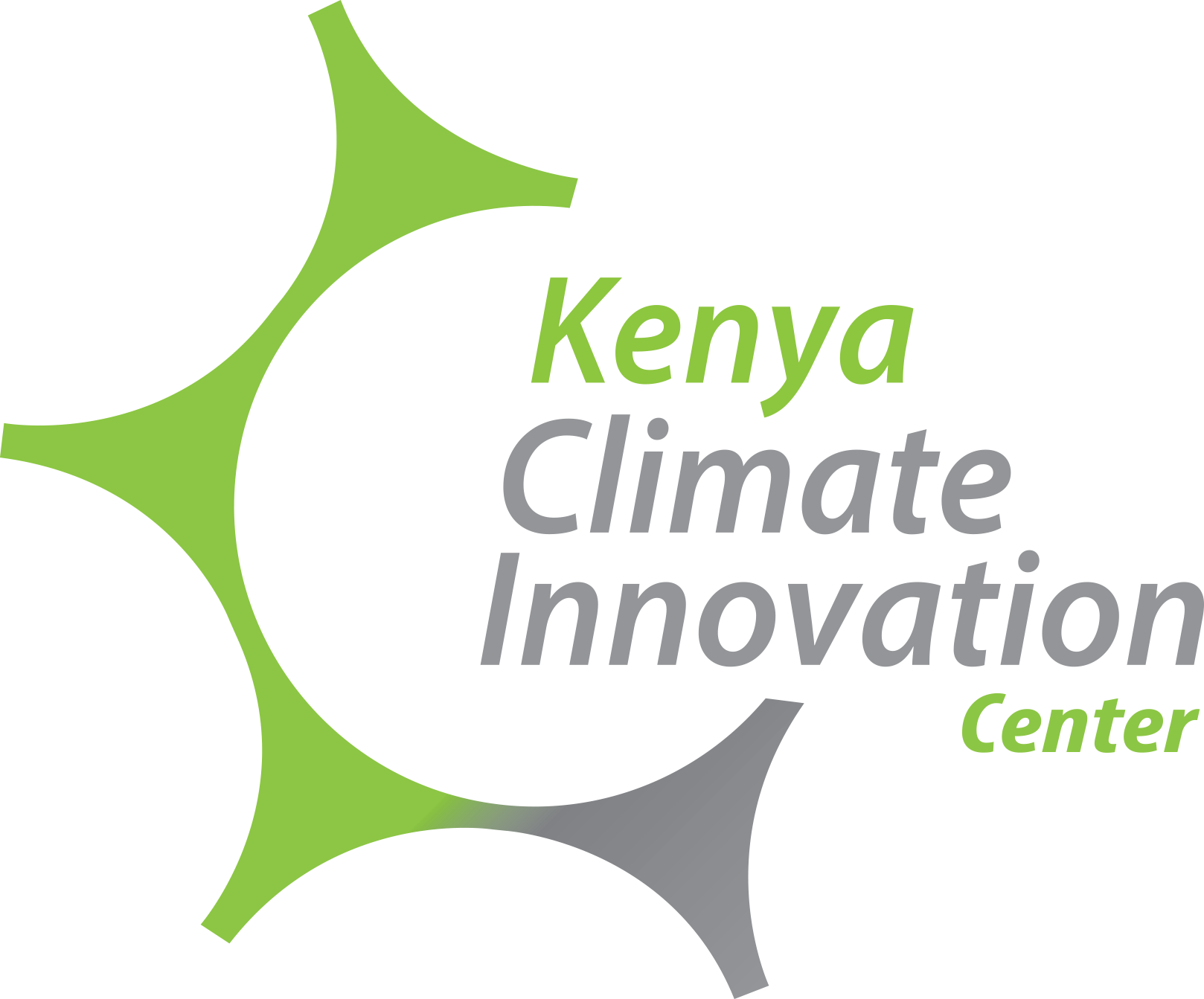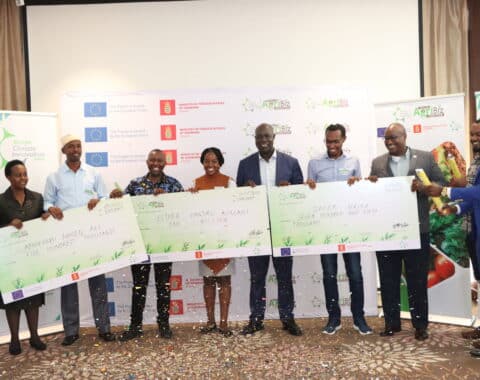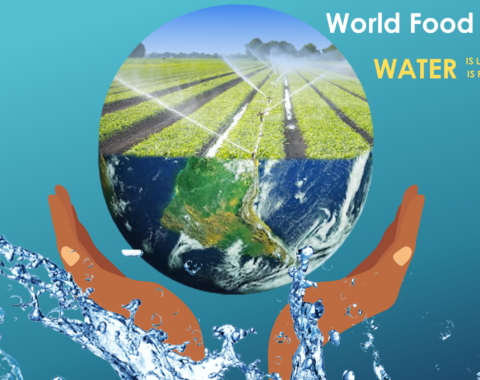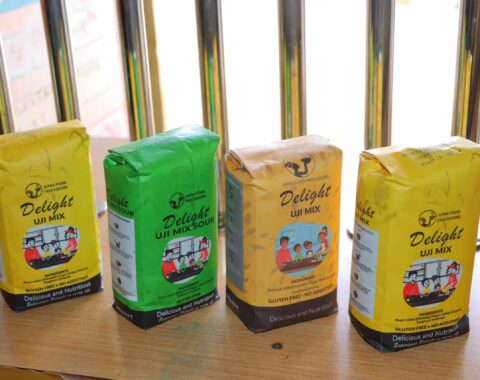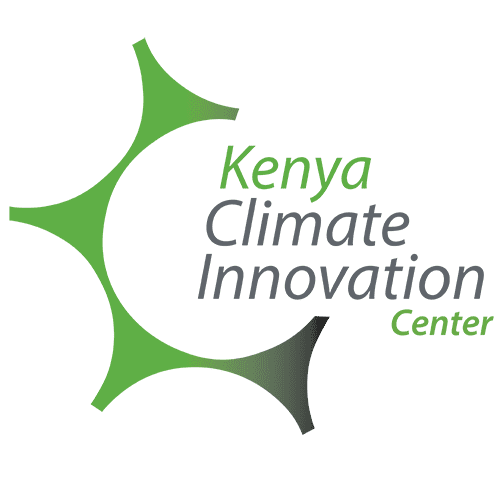In Kenya, those aged between 18 and 35 make up about 75% of the total population, according to Kenya National Bureau of Statistics (KNBS). Unfortunately, a large fraction cannot access opportunities hence end up being unemployed. With that the government came up with a policy to aggrandize youth participation in programs that help them fulfill their needs and exploit their full potentials; one of these being agriculture. As it is well known, this is the backbone of Kenya’s economy and according to the Food and Agriculture Organization (FAO), agriculture contributes directly 27% of the Gross Domestic Product (GDP). However, it is increasingly vulnerable to pests and diseases, price fluctuation of goods, climatic changes that result to famine and many more challenges.
By 2050, the country’s population as forecasted by the KNBS would be at 91.6 million thus incorporating the majority of the population (youth) in the agriculture sector should thereby secure the country’s economy both now and in the future. How then can youth develop knowledge, tools and market based solutions to minimize the impact of the constantly changing climate and at the same time ensure food security and alleviate poverty?
By increasing agriculture production and income – high yield crops need to be developed through doing intensive research on the types of plants to breed, particularly adopting the use of genetically modified crops that are resistant to harsh weather. Moreover, youth are technologically literate, it is way easier to use information technology to improve land and water management, get access to weather information and know sources of credit. This will boost income as they can evaluate crop prices in different markets. The government together with the private sector have already created channels on which youth can access funds. For instance, Youth Enterprise Development Fund from the government and also programs like Agribiz by Kenya Climate Innovation Center (KCIC) make it easy for youth to access financial support and incentives consequently creating a notable agricultural output.
Youth should also focus on adaptation and building resilience to climate change bearing in mind that they are both victims and solution providers to the climate emergency. An essential factor in building this resilience and adaptation to climate change is through learning new innovations, understanding the choices farmers are willing to make, getting to know what works and taking into account improved agricultural practices. Sharing knowledge is another pillar for adaptive capacity and leads to good development that in turn brings resilience to climate change.
Most youth possess local expertise and education to link phone applications to the internet thus making it convenient to disseminate climate, environmental and agricultural information to fellow farmers unlike depending on mainstream media that does not give prominence to these issues. Through this initiative, the question has shifted from ‘ Who will deal with climate change?’ to ‘How do we deal with climate change?’ to ensure food security and a sustainable future.
Greenhouse gas emissions (GHG)
As youth engage in agriculture, greenhouse gas (GHG) emissions from agricultural activities cannot be ignored as another threat to the climate and ways to counter this drawback must also be put into perspective. This could be reduced through more efficient management of carbon and nitrogen flows across the system by reducing methane released by livestock using high quality feeds. Also, by utilizing cow dung in biogas digesters to counter the use of firewood and charcoal, practicing crop rotation, avoiding over application of fertilizers and use of suitable renewable energy technologies such as solar electricity (photovoltaic), hydro power and wind.
In order for the youth to actively counter climate change and influence development of the economy through agriculture it is important that they are recognized as an age group with a lot of potential since they are poised to establish lifelong patterns that will span across generations and promote high impact actions and sustainability.

